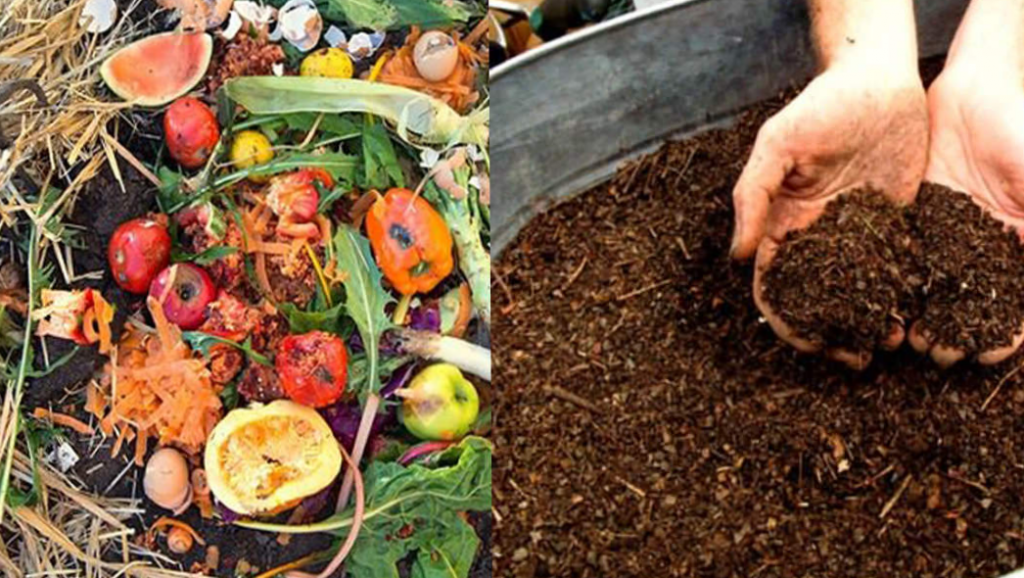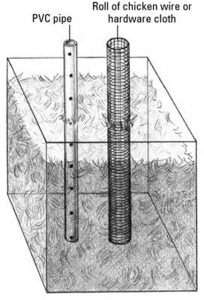By Jazzmyn Mullen
Worldwide 1/3 of all food produced for humans is wasted. This figure is disheartening for two reasons:
1) 795 million people around the world don’t have enough food to live a healthy and active lifestyle
2) Soil is a nonrenewable resource and food waste can be composted
The EPA estimates that more food waste goes into our landfills than any other waste. Composting can help reduce this waste and improve soil health.
A handful of schools across the state of Montana are making the choice to compost cafeteria waste. The composting method varies depending on the location of the school. Schools located in Belgrade, Bozeman, Livingston, and Missoula have a convenient option of compost pick up by a local composter. When a school chooses to compost this way, they are paying for the compost pick up services. Schools that choose to use a composter also pay for the final compost product. For schools not in these four locations composting can require more diligence.
There are two schools that are participating in the SMART Schools program that are choosing to compost lunch scraps on site, without contracting a composter. This system of composting may require more time and work. However, all the hard work pays off in the end when the final product is added to their school gardens without budgeting for organic soil enhancers. It is a heartwarming to know that educators are passionate about teaching students about where their food comes from, as well as diverting waste from the landfill. Assisting teachers and educating the next generation about food waste, soil, and sustainability is a fulfilling experience. Composting in schools requires planning, hard work, and dedication. Teachers and administrators who help their school compost are praiseworthy individuals.
Any individual that is passionate about waste reduction, soil, or gardening can compost. There are misconceptions about composting that prevent individuals from turning their food waste into useable soil. I don’t have a yard. Compost is stinky. It is heavy and hard to aerate. These hesitation examples have easy solutions. With the right container, you can compost indoors. When your compost has a 30:1 Carbon to Nitrogen ratio, decaying matter should not stink. Here is a helpful video that explains how to balance Carbon to Nitrogen. The image below shows two ways of effortlessly aerating your compost pile.
Compost that is collected in the lunch room or at individual’s homes can be cycled back into soil. Soil supports human civilization by creating food and resources. Without healthy soil, the way of life for many individuals would not exist.









